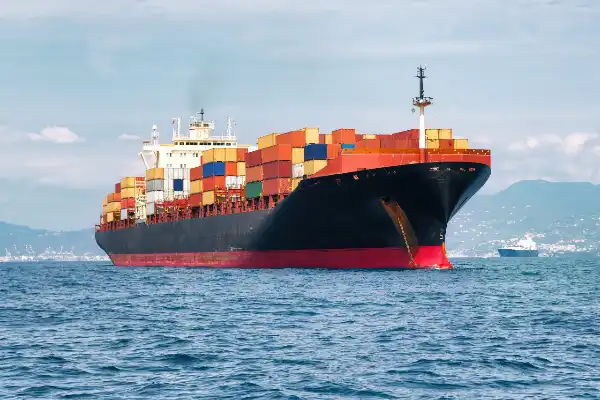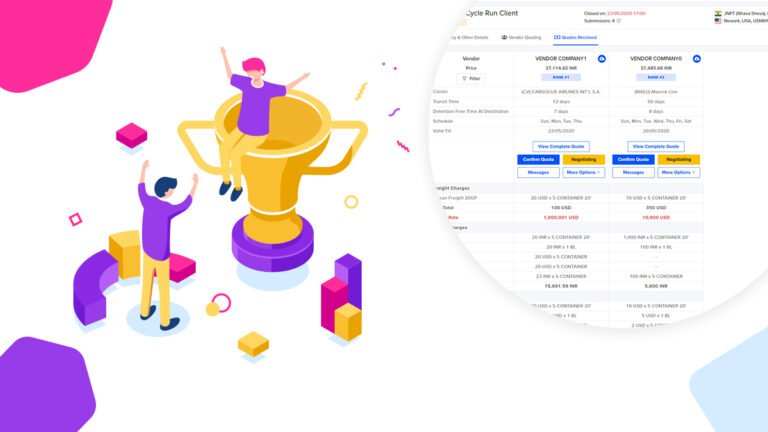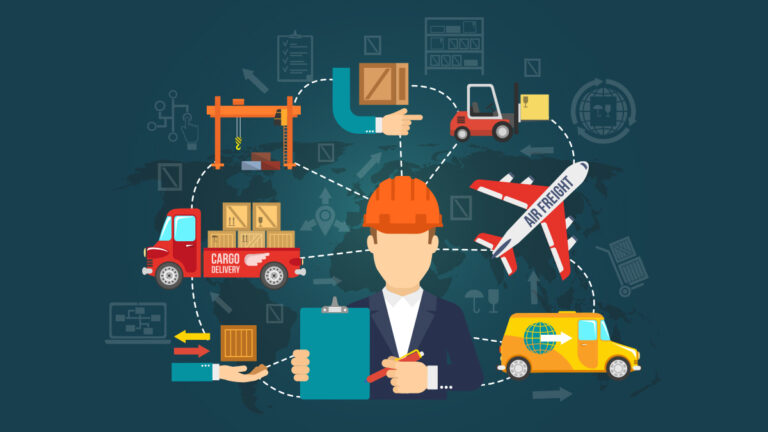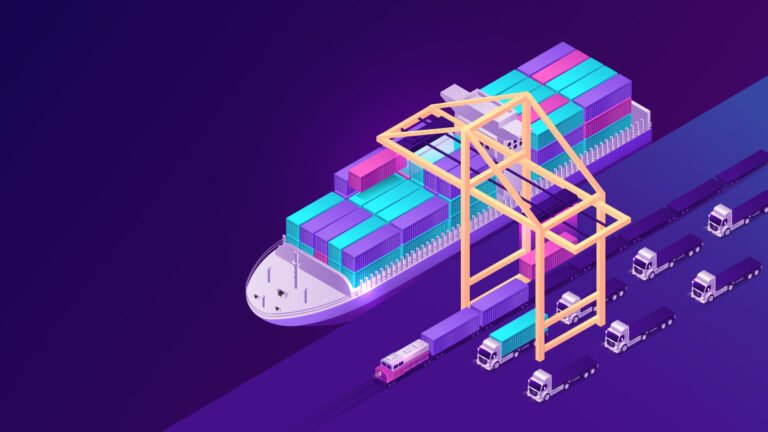Rising ocean freight: What should you prepare for in 2025
As we are halfway through the first quarter of 2025, the supply chain continues to struggle to deal with several old and new crises. In particular, dealing with the increasing ocean freight rates has become a major challenge. Many shippers are searching for ways to navigate this crisis, which is here to stay for at least the first half of the year.
Why is ocean freight still increasing in 2025?
While many expected that the trials and tribulations of soaring freight rates would see an end by the end of 2021, the ongoing port congestions across major ports of the world have made 2025 fall into the same bandwagon. Ocean freight rates remain 8-9 times higher than the pre-pandemic rates.
Here are the reasons why we are still witnessing a historic increase in ocean freight rates in 2025:
- Port closures: Major ports are being closed on very short notice due to local COVID-19 outbreaks. Shrinking labour market and workforce shortage in ports due to the prevailing pandemic have also caused a slow-down in the operating ports.
- All-time high marine fuel price: According to FreightWaves, average marine fuel prices are rising even faster than landside fuel prices. It is expected that the prices will hit an all-time high, setting a new record. These costs are usually passed on, from shipowners to shippers and, eventually, the buyers.
- Strong demand: With consumer spending on the high, the demand remains strong, albeit the limited container capacity. This has resulted in hugely inflated ocean freight costs in 2025.
Several forecasts expect that by the latter half of 2025, new containers will go into the market, thereby increasing the overall capacity. This will slowly reduce the ocean freight rates but is still expected to be at higher levels than the pre-covid times.
Carriers have the upper hand:
Interesting fact — In 2021, ocean freight carriers achieved a record $150 billion in profits. This is over 900% increase compared to the previous year.
The pandemic and the subsequent global supply disruptions have resulted in carriers having a commanding position in negotiation. Although there was a 3.6 % dip in long-term contracted ocean freight in January this year, carriers continue to have the upper hand in negotiations due to port congestion and tight container capacity.
Reports show that the long-term contract rates between carriers and shippers are at an estimated 200 per cent higher than a year ago. According to Wall Street Journal, the annual contract rates will double compared to the agreements made earlier this year, before supply-chain disruptions squeezed capacity.
How to deal with the increasing ocean freight rates in 2025:
As we witness another year of huge freight rates, fortunately, many shippers have also found a solution to help them better navigate this crisis – automated freight rate procurement.
Five key areas where dynamic, automated freight rate negotiations will help companies to mitigate the high freight rates crisis:
1. Increasing the number of quotes: If your freight procurement process is still manual and solely depends on human efficiency, the possibility of expanding your vendor pool becomes slim. Obtaining the best freight rates also becomes difficult as there are not many vendors providing competitive quotes. On the other hand, automated freight negotiation automatically expands the vendor pool resulting in many competitive quotes for every shipment.
2. Eliminating vendors with higher margins: While trying to reduce freight rates, churning out vendors with unnecessarily high margins would be a wise thing to do. This is possible only when there is a dynamic, compounded negotiation with reverse auctions. This way, there is one hundred percent transparency in your freight procurement and eliminates vendors who have unscrupulous margins. You get the lowest bid within the time frame you decide.
3. Proactively responding to port congestion: Prolonged port congestion is one of the main reasons for increased freight rates. As vessels queue outside ports and turnaround time increases, it becomes a real challenge to secure cargo space, let alone at competitive rates. Additionally, a lack of visibility over space availability and changes in lead times complicate shipment planning. But with the help of advanced track and trace technology, shippers can proactively address possible bottlenecks and optimise shipment planning.
4. Planning ahead: It is no secret that planning shipments in advance help in securing cargo at best possible freight rates. Using an automated freight procurement platform, you can plan any number of shipments in advance in just a few minutes. All you need to do is enter your requirement, and the automated freight negotiation platform will take care of the rest.
5. Actionable insights for intelligent decisions: Without data and analytics to drive decision making, organisations are pretty much losing all cost savings opportunities at various stages of the supply chain. For instance, the carrier service reports generated by a third-party multi-modal logistics platform could help identify the most reliable service provider.
While some carriers are offering the lowest bids, shippers still need to proceed with caution as carriers expect extended contract periods, which may be risky for the shippers. This is where having real-time data insights into the current and historical market behaviour will help the shippers to make a fully informed decision.
A forty-year-old company – a leading global manufacturer and a worldwide seller of pharmaceutical and nutraceutical products in 31 countries, had to incur extremely high freight costs due to a lack of automated freight procurement. When GoComet deployed its automated RFQ management solution GoProcure, the company achieved double-digit cost savings in freight procurement. The company's engagement with vendors increased by 180%, leading to more negotiations and competitive rates, all made possible with actionable data insights through GoComet's platform.
GoComet has comprehensively transformed our commercial finalisation in the export process. The RFQ module’s negotiation system has made it possible to get the best rates and helped us reduce costs significantly. Moreover, as the system has digitised and automated the entire freight procurement process, every piece of information is a click away, which has paved the way for seamless audits. We are now working to implement GoComet’s RFQ module at all our international locations.
– Nikunj Desai | Head of Global Supply Chain, Associated Capsules Group
Once known for its slow-moving tech adoption, the supply chain industry now embraces the latest technologies as early as any other industry. The focus of the companies has shifted from ad-hoc measures to put out fires to a long-term, tech-enabled solution that will help build a resilient supply chain. Adopting tech-enabled solutions in freight procurement has become the first step in this fruitful journey.
Not just bigger organisations, AI-enabled tech solutions in freight rate procurement in many medium-sized companies will be one of the hottest developments this year.
Feel free to reach out to us if you’re looking to mitigate the soaring freight rate crisis by automating your freight procurement process.
You may also be interested in reading our recent blog: Four data insights critical for smoother logistics.






